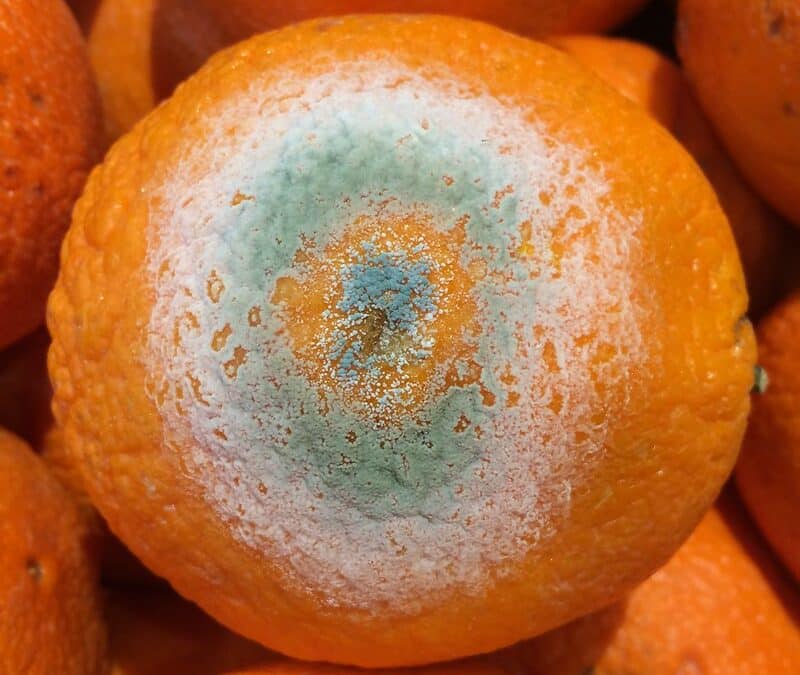
Behind almost every mold infestation, there’s a water leak that went unnoticed.
While you might expect a mold-causing leak to be obvious, it’s easy for water damage to occur in any number of out-of-sight locations.
If you suspect your DC home might contain a mold infestation but can’t find the source, read on to learn five ways to inspect your home for hidden leaks.
1. Mold Identification Method #1: Water Measure Test
You’ll need access to your water meter for a water measurement test.
If you don’t know where that is, it’s usually underneath a manhole-like cover, which you can find at the sides or back of your home (typically where your waterline runs into it).
Once it’s located, turn off all your faucets, wait an hour, then check your water meter. If the meter is still running, you can confirm the likely presence of a slow-moving leak.
Mold Identification Method #2: Hunting for Sounds of Dripping Water

When all methods of visual inspection fail, it might be time to leverage another sense.
If water leaks inside your home, there should be a dripping sound.
How do you find a sound you haven’t heard before?
Put your ear against walls and floors where a leak is possible. Check such surfaces for nearby puddles, discoloration, and changes in surface texture. Eliminate any sound source to help you hone in on the subtle dripping sound.
Mold Identification Method #3: Check for Leaks in Household Appliances
Mold-causing leaks often start from damaged or malfunctioning appliances.
Check your home for such leaks by disconnecting the power from each appliance, then performing a visual and aural inspection.
Mold Identification Method #4: Test Toilets with Dye

Due to the toilet’s design, it’s common for leaks to originate from within the tank (usually from a malfunctioning flapper valve that’s lost its seal). Thankfully, there’s a simple test to identify a toilet leak.
First, get your hands on some food coloring. Then, drop 10-15 drops directly into the tank. Wait ten minutes. If you see tinted water, you’ve identified the leak.
Mold Identification Method #5: Outdoor Inspection
Indoor leaks aren’t the only source of mold. If indoor searching hasn’t revealed anything, check your exterior.
Specifically, your roof, siding, and outdoor water spigots (Roof leaks are a common source of mold).
To check your spigots attach a garden hose to each fixture and turn the water on; if you see water spraying out of the connection, replace the hose gasket and see if it’s resolved. If you find leaks through this method, regularly revisit this gasket to inspect for further leaks.
Moisture Control is Mold Prevention
Mold needs three things to grow: a food source, warmth, and a water source. Staying on top of your homes, moisture levels and making occasional inspections will dramatically reduce your risk of mold development.
Why MoldGone
At MoldGone, we offer FREE mold inspection. Our mold removal and mold remediation services are available at reasonable prices.
Call us today at 240-970-6533 or Click here to schedule your appointment.
Meta: Homes that are hospitable to humans can also be hospitable to mold. Where does it usually occur, and how can you prevent it?


Recent Comments